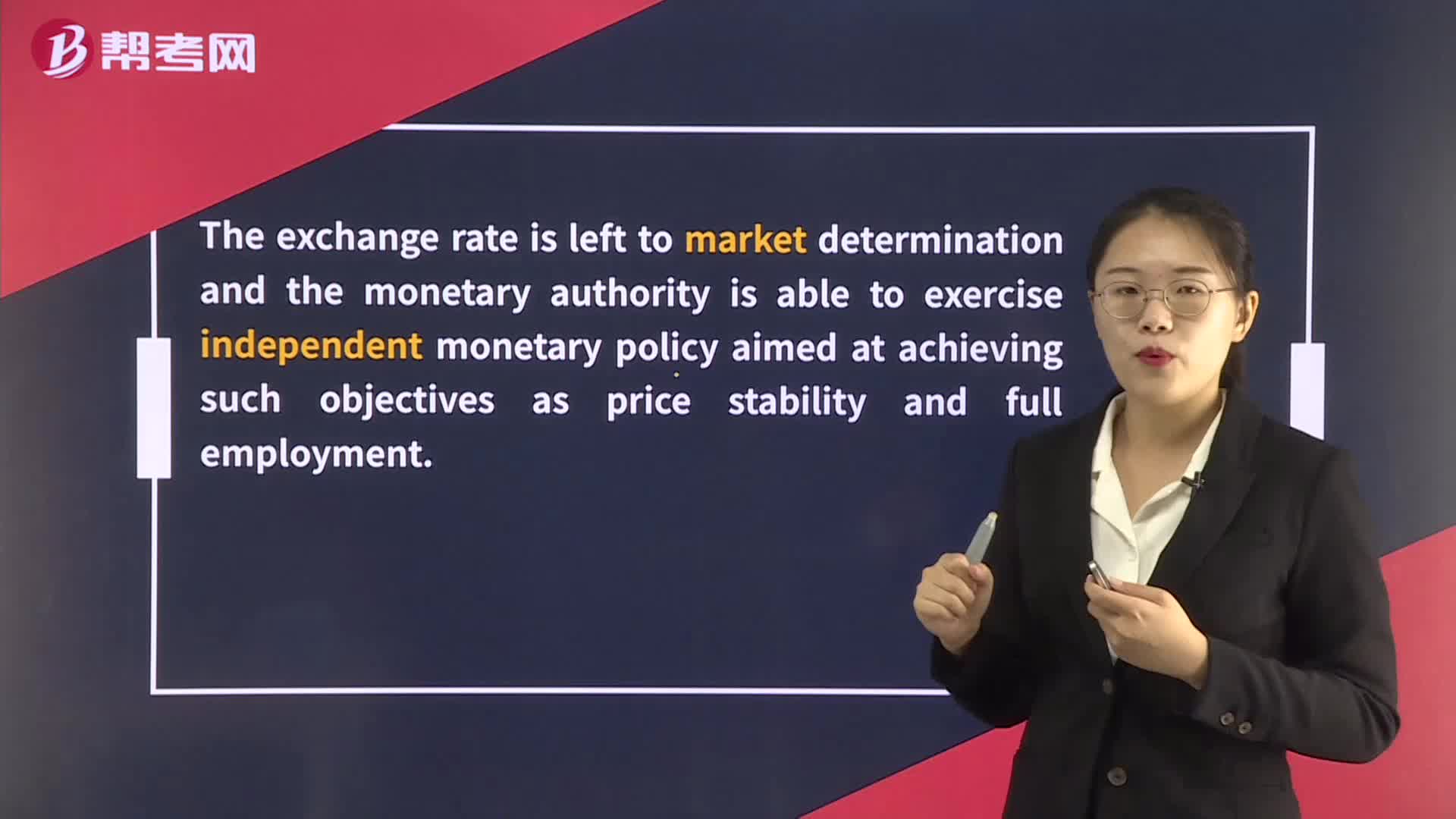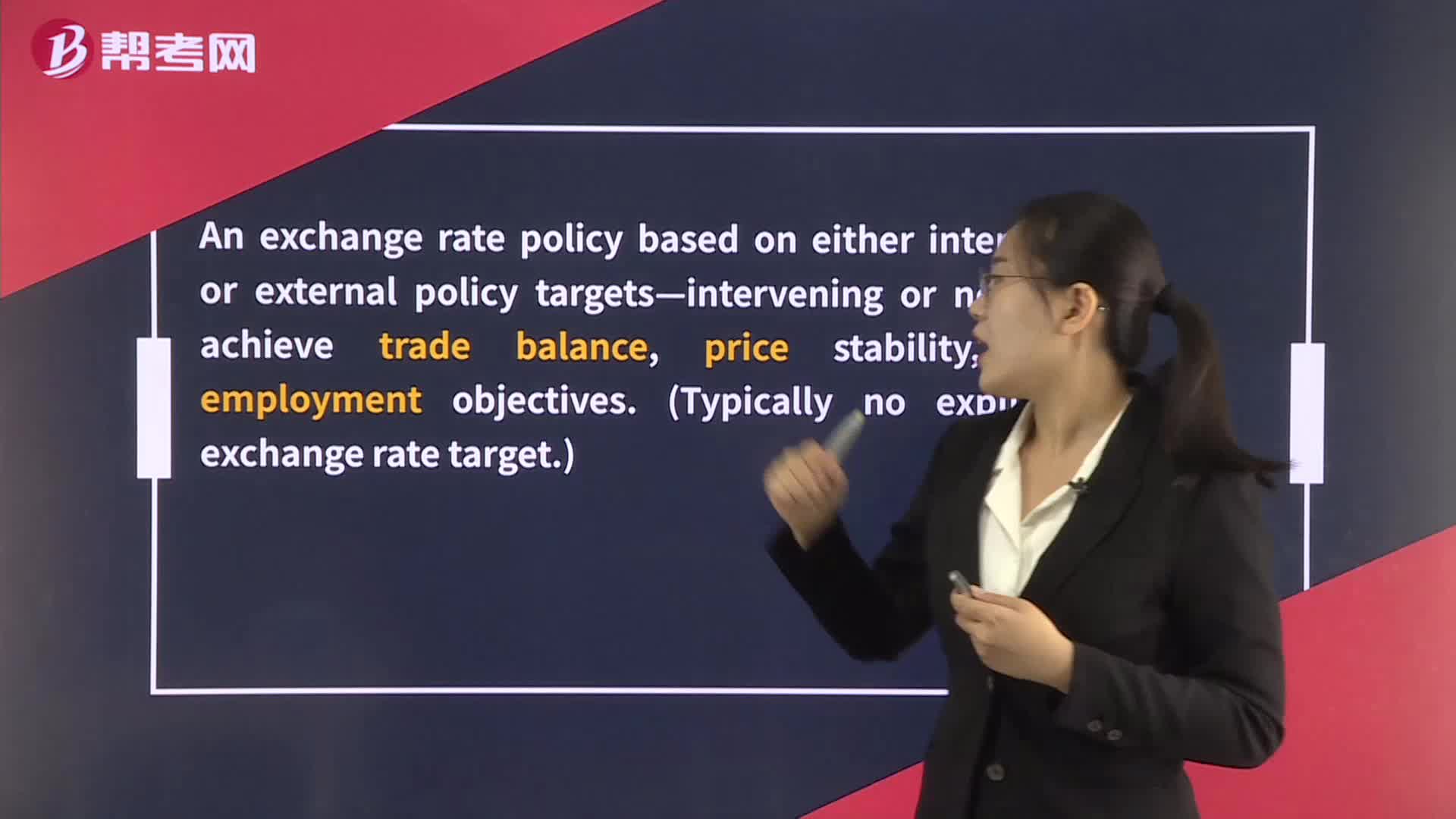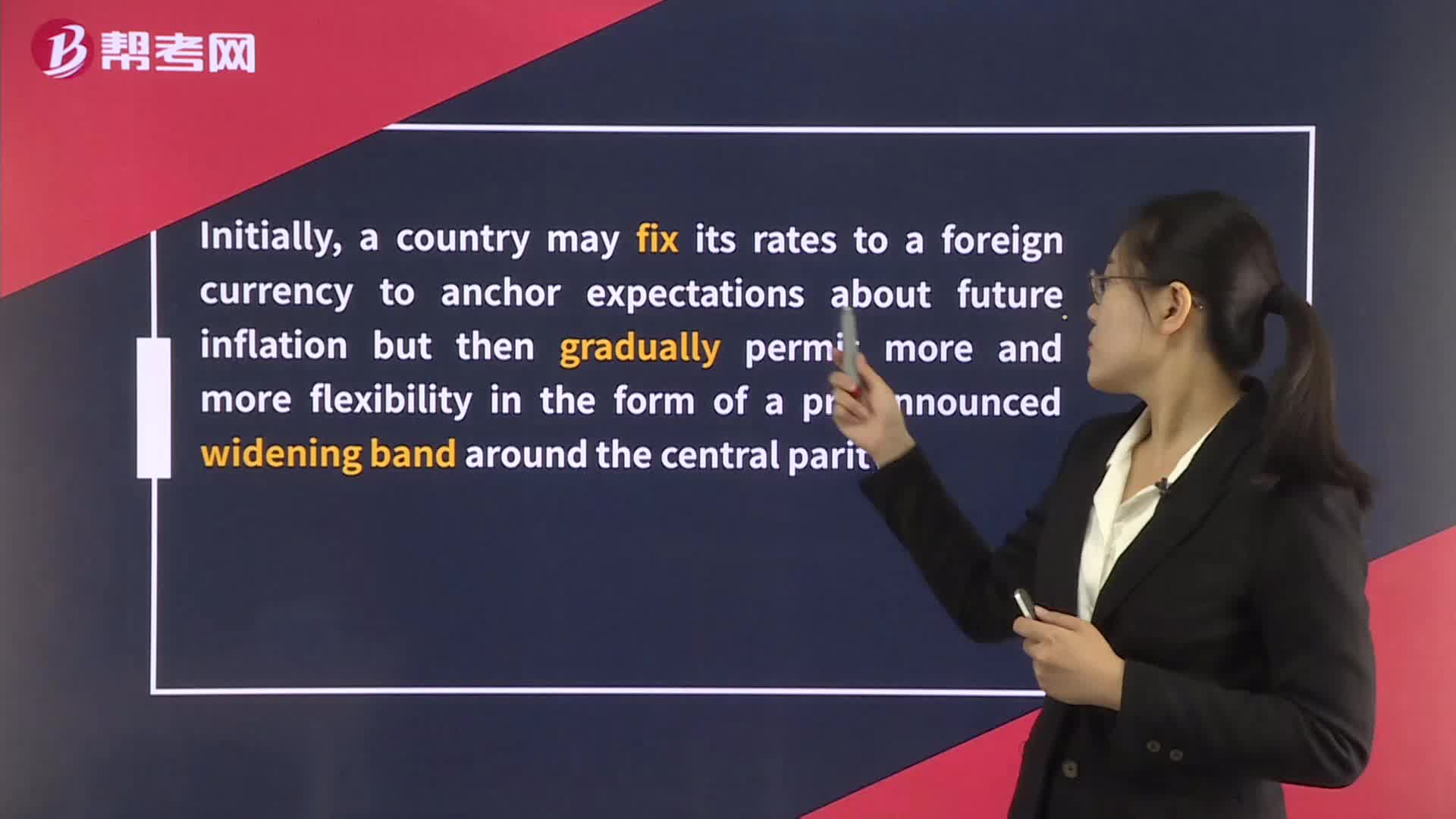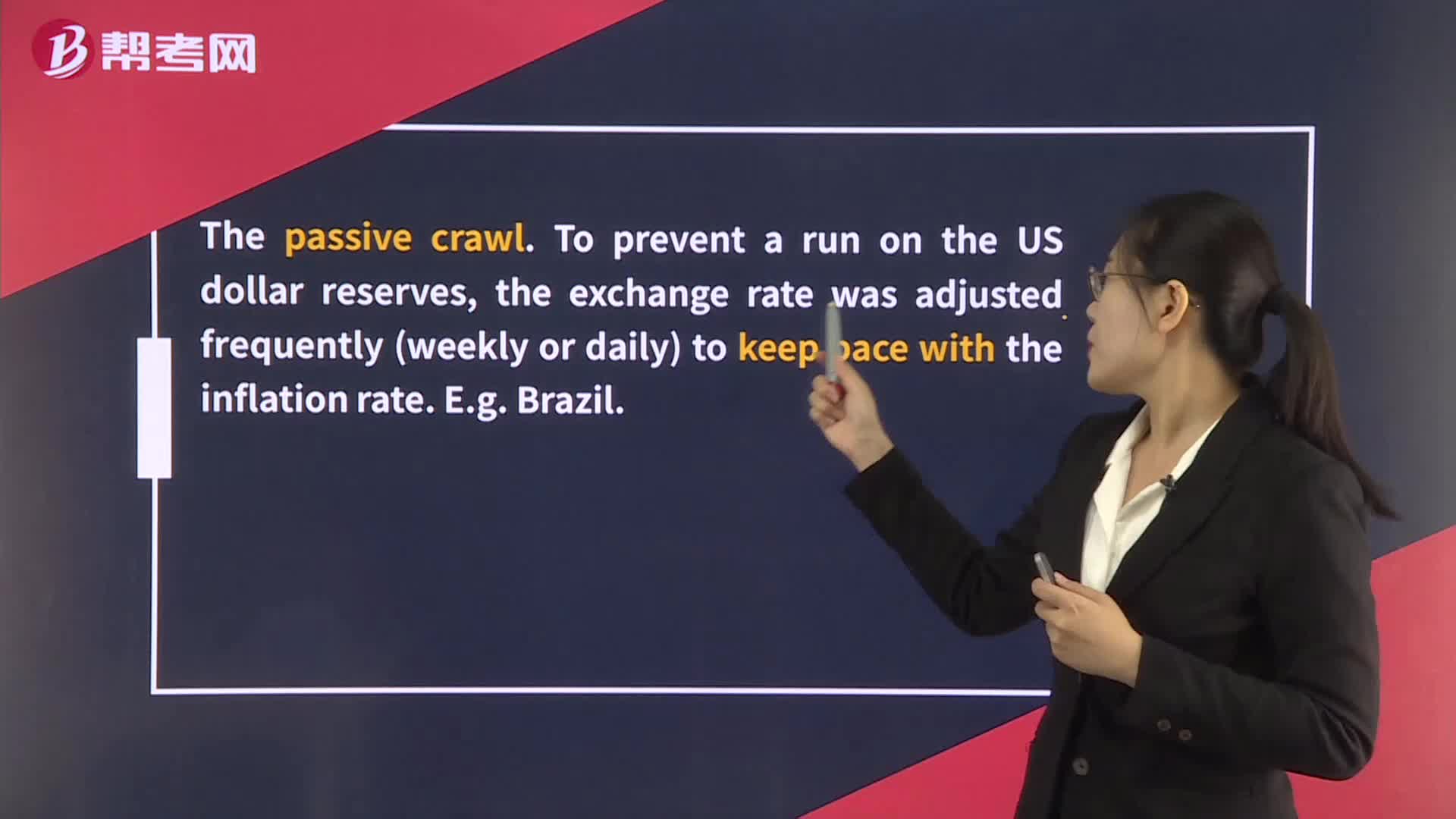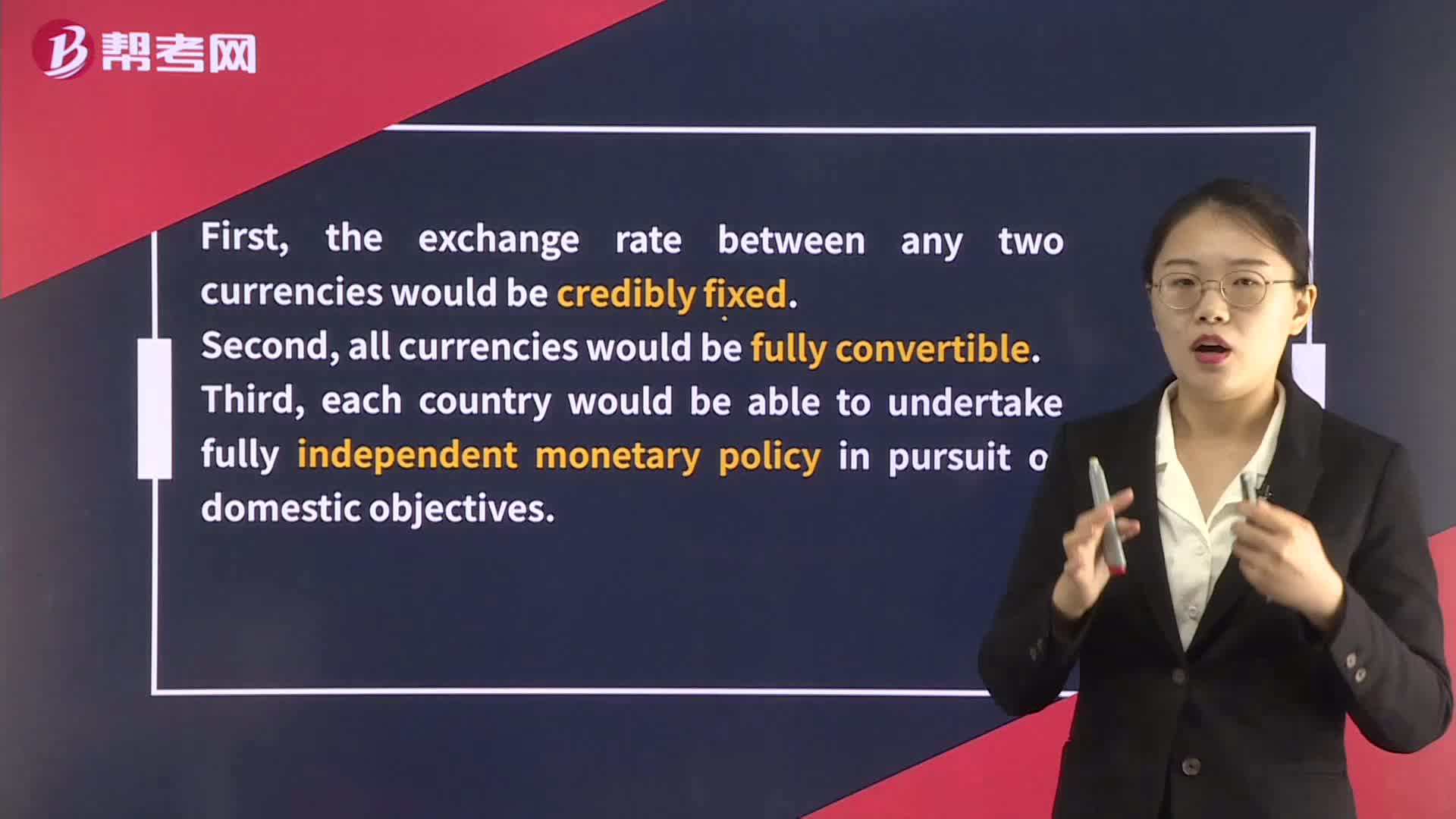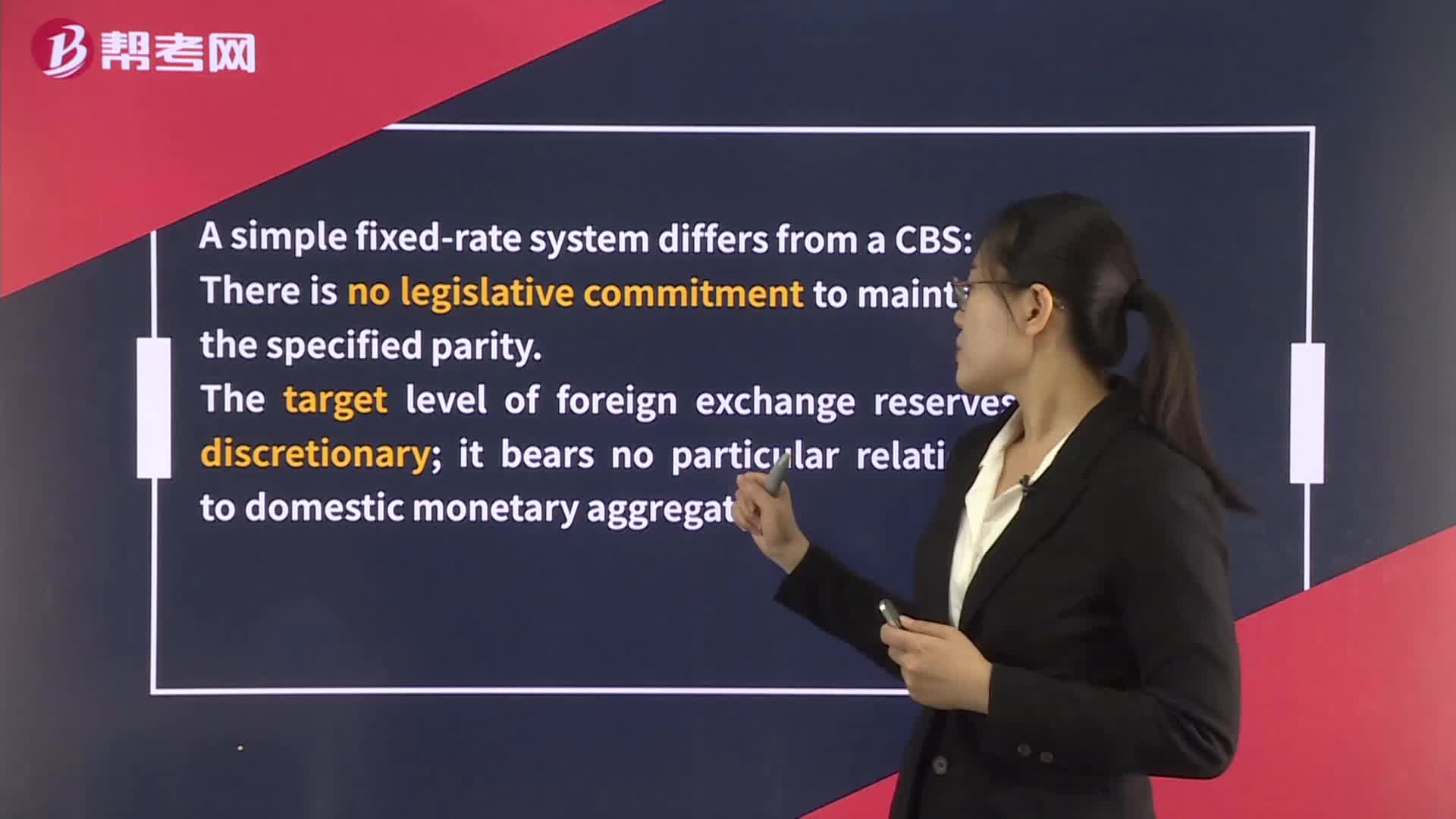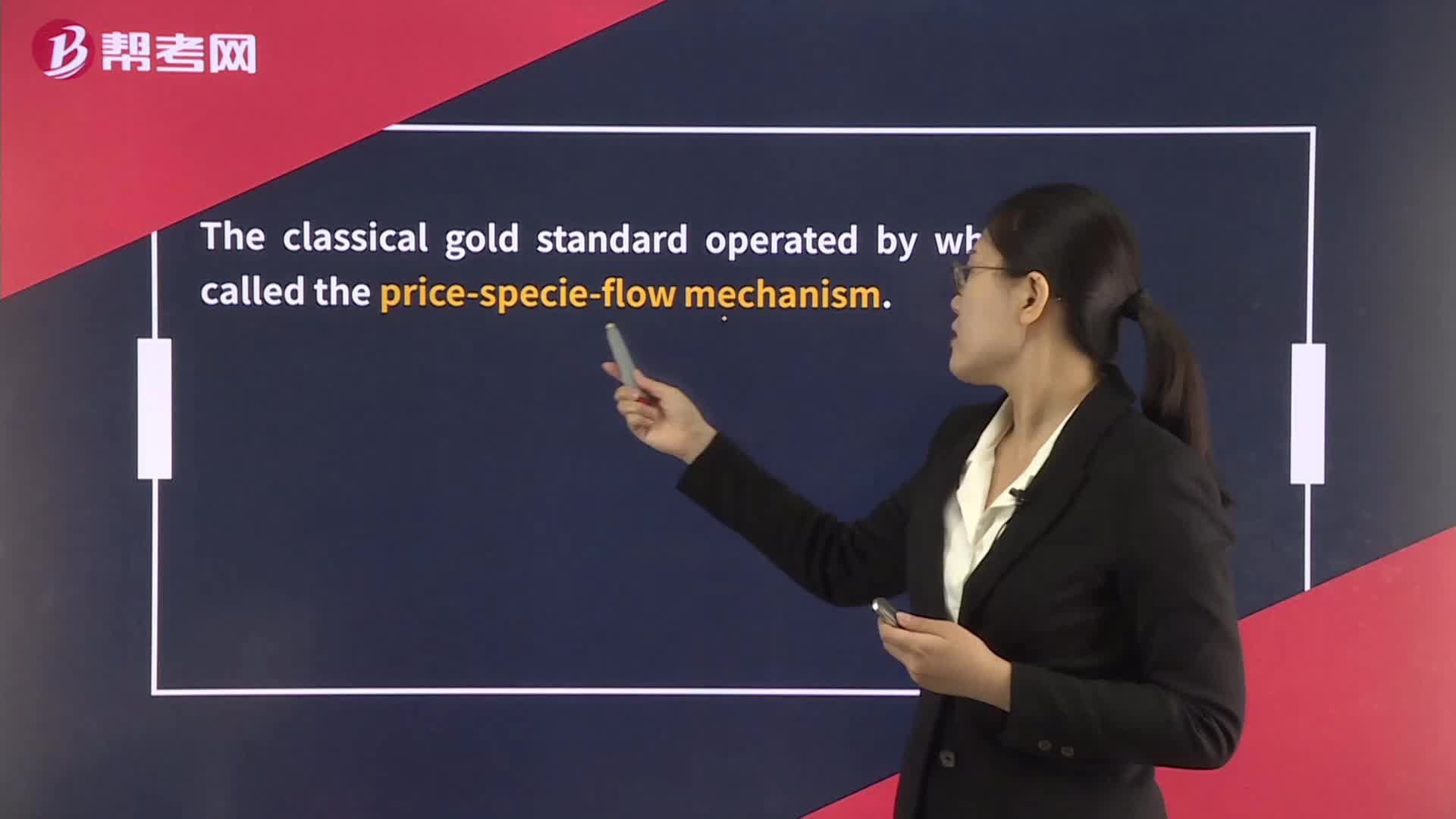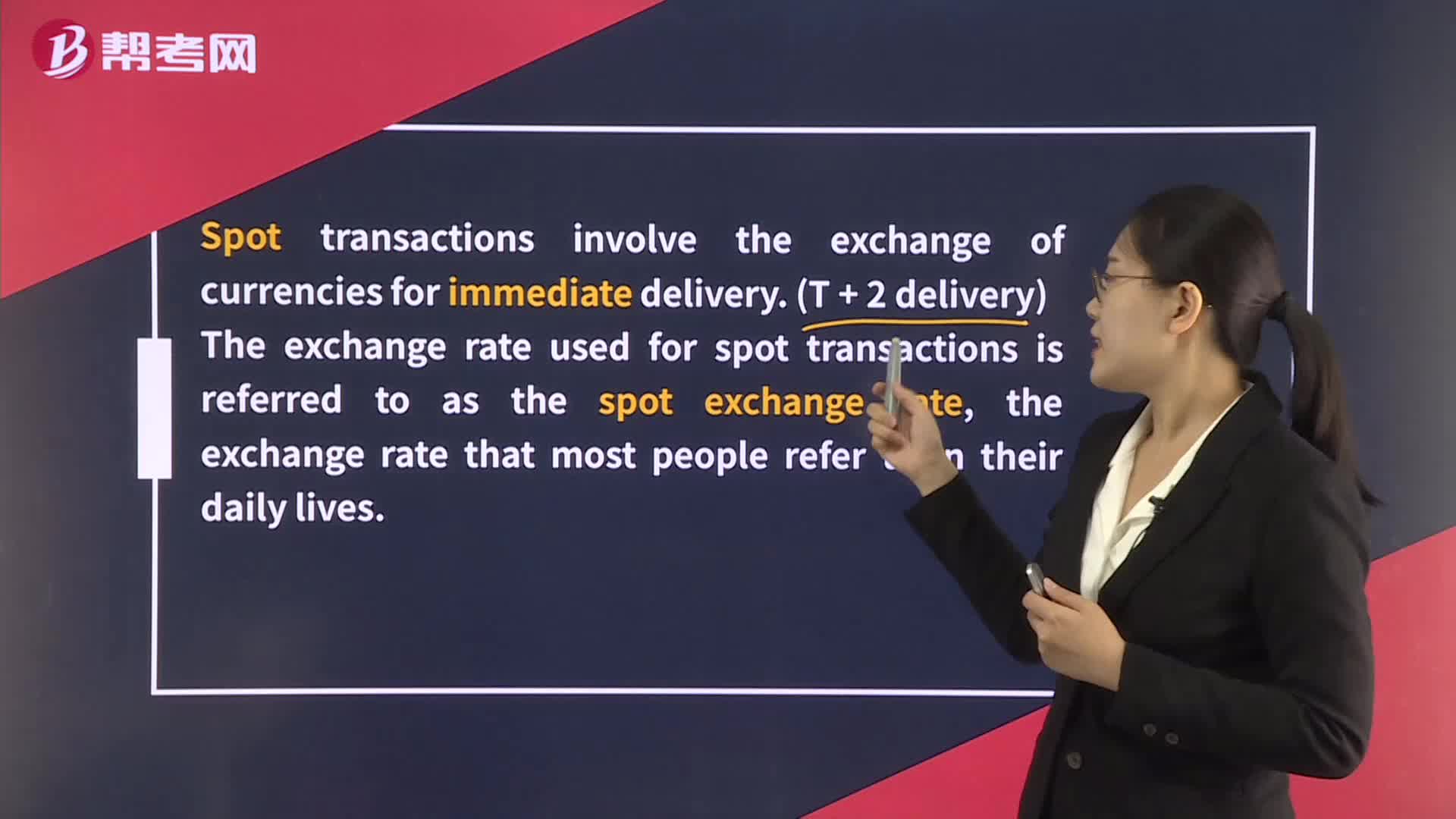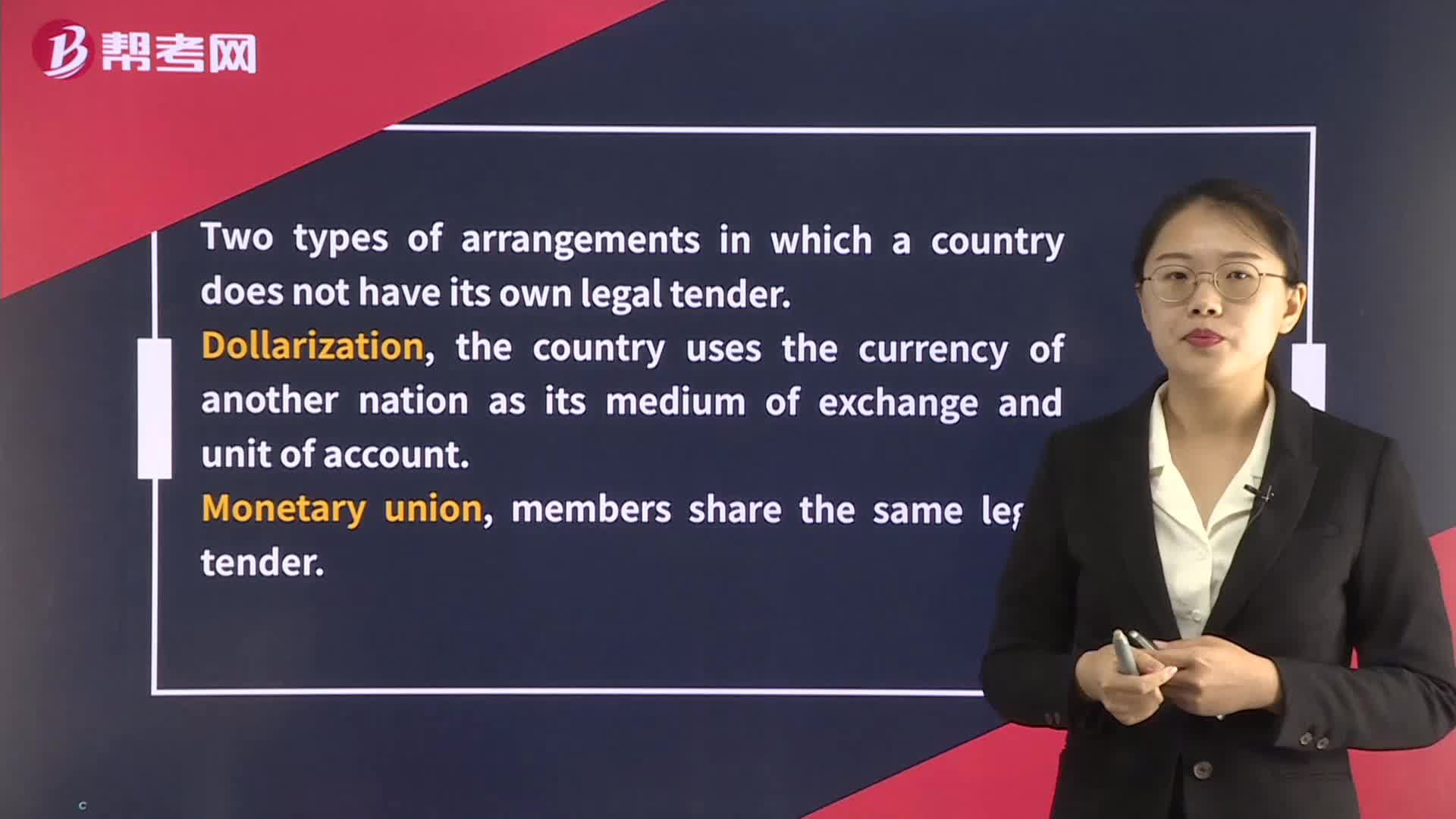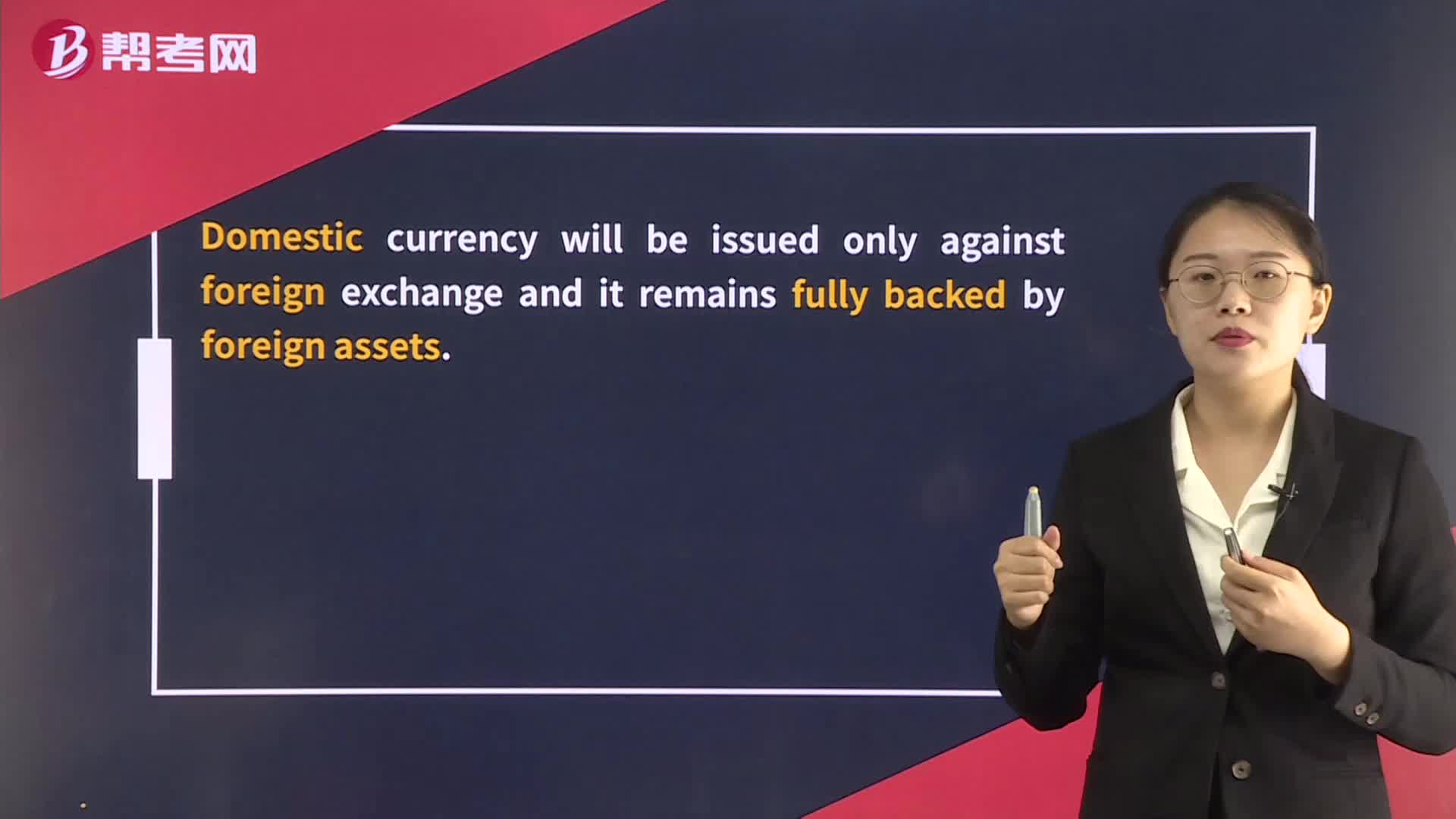Currency Regimes – Independently Floating Rates
Independently floating exchange rates are a currency regime in which the exchange rate is determined by market forces of supply and demand without any intervention from the government or central bank. Under this regime, the exchange rate is allowed to fluctuate freely, and the central bank does not set a target or intervene to maintain a specific exchange rate level.
This regime is also known as a free-floating exchange rate regime, and it is the most common type of exchange rate regime used by countries today. It is based on the idea that market forces are the most efficient way to determine the value of a currency, and that government intervention can distort the market and lead to inefficiencies.
The advantages of independently floating exchange rates include:
1. Flexibility: The exchange rate can adjust quickly to changes in market conditions, such as changes in trade flows or capital flows.
2. Market-driven: The exchange rate is determined by market forces, which are driven by supply and demand, and not by government policies.
3. No need for foreign exchange reserves: Under this regime, the central bank does not need to hold large amounts of foreign exchange reserves to maintain a fixed exchange rate.
4. No need for exchange controls: There is no need for exchange controls, as the exchange rate is allowed to fluctuate freely.
The disadvantages of independently floating exchange rates include:
1. Volatility: The exchange rate can be volatile, which can create uncertainty for businesses and investors.
2. Inflation: A sudden depreciation in the exchange rate can lead to inflation, as the cost of imported goods increases.
3. Lack of control: The government and central bank have no control over the exchange rate, which can make it difficult to achieve certain policy objectives, such as controlling inflation or promoting export growth.
Overall, independently floating exchange rates are a flexible and market-driven currency regime that allows for quick adjustments to changing market conditions. However, they can also be volatile and create uncertainty, and they may not be suitable for countries that need to maintain a stable exchange rate for economic or political reasons.
 帮考网校
帮考网校




